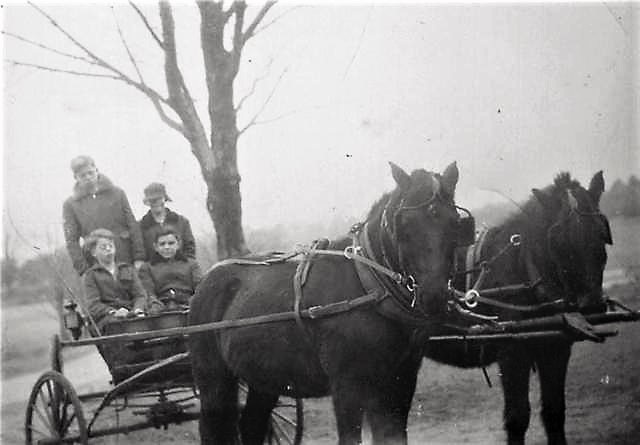Interesting picture, thanks for sharing. I never heard of flipping backwards using a pole cart like this. The worry was about cart tipping over sideways. The pole will just spin in the neckyoke holder as one wheel gets too high, dumping the people out. We saw it happen in CDEs back in “the early days.” Hardy Zante said he loved his polecart, but they had flipped a lot of times, it was not “a big deal” to his horses and crew. They just flipped cart back on two wheels, continued on the CDE course. I think a Rule change now mandates a 4-wheeler for Multiples.
Our Trainer friend bought a pole cart for use in working Pairs, starting young horses in Pairs. She REALLY liked it, told us WE needed one too! Things were wonderful until she flipped the vehicle. No injuries, no horses frightened, but she said it was pretty scary not being able to stop the wheel going up too high! That cart went right back to the next carriage auction!!
This is an idea for driving that comes and goes as the years pass. Each new bunch of Carriage builders, drivers, believe they “have a great new idea” for using a polecart on equines! I am seeing some popularity of polecarts with the show mini folks. Probably using them in groomed arenas helps prevent a wheel rising up.
The trace attachment is interesting. Wonder what they do with the inside trace? Using full neck collars to a fixed trace attachment point, should prevent collar rubs. I find it very interesting how many designs get started in different places at once. And which designs succeed to be used again or improved, as vehicles progress in the future designs. 5th wheel brakes had not been conceived of back in the 1980s. Now they are common in CDE vehicles. We thought we were “progressive” with having flush hubs back then!


